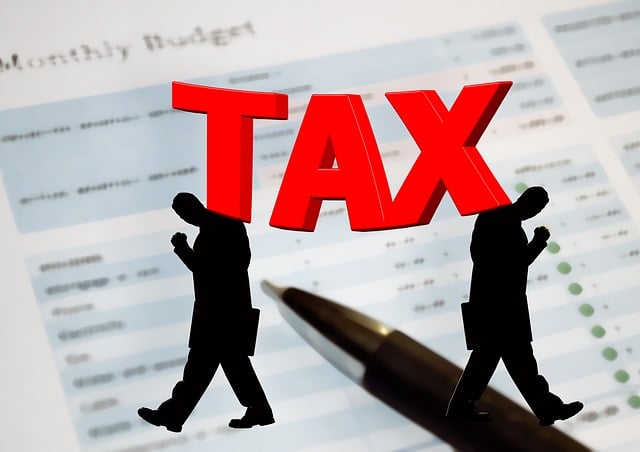RRSP Contributions
March 1, 2023, is the deadline to make RRSP contributions to be eligible for a deduction in your 2022
personal tax return. Contributions made after this date will not be deductible against 2022 income. The
contribution limit for 2022 is $29,210 although this may be less if you have an employer-provided pension plan or deferred profit-sharing plan. Your overall contribution room may also be reduced if you
overcontributed in prior years, or higher if you haven’t maximized your past years’ RRSP contributions.
There is only a $2,000 margin for overcontribution errors. Beyond this amount, you will have to pay a 1%
per month penalty tax on overcontributions. You should review your RRSP contribution room on the Notice of Assessment for your 2021 tax year issued to you by the Canada Revenue Agency (“CRA”).
TFSA Limit
The Tax-Free Savings Account limit was increased to $6,500 for 2023. Be sure to track your TFSA
contributions since there are penalties for overcontributions and there’s no margin for error like with the
RRSP. Although CRA does keep track of your TFSA contribution room, information on contributions you
make to your TFSA is not automatically uploaded to CRA by your financial institution. The CRA receives this information only annually and it takes time for CRA to process this information. So be careful of this timing delay if you are verifying your TFSA contribution room through the CRA portal “My Account”.
First-time home buyers tax credit – also known as the Home Buyers Amount. This credit will be doubled from $5,000 to $10,000 as of 2022. At a 15% tax credit rate, this translates into $1,500 of tax savings for
qualifying home buyers. You are a “first-time” home buyer if neither you nor your spouse/common-law
partner, owned a home in the year you bought the new home, nor in any of the previous 4 calendar years.
If you have a disability, you might not have to be a “first-time” home buyer to qualify if the reason for the
new home purchase is to live in a home that is more accessible and suited to your needs. Be sure to advise your Padgett accountant if you bought a home in 2022 and you think you may qualify. Also, be sure you’ve advised CRA of your change of address.
Home Accessibility Credit – this credit has also doubled. The amount of expenses eligible for credit for 2022 has increased from $10,000 to $20,000. At the 15% tax credit rate, this converts to $3,000 of tax savings on eligible expenses. This credit is to assist individuals to gain access to, or to be more mobile or functional in their dwelling, or reduce their risks related thereto. Modifications will generally qualify if the individual qualifies for the disability tax credit or is 65 years or older.
These expenses can be paid on behalf of yourself, or in some cases for certain dependents. The expenses should be of an enduring nature and integrated into the home. In general, if the item purchased will not become a permanent part of the home, it is not eligible. Of course, detailed invoices, agreements, and receipts need to be kept should the CRA want to verify the claim. The expenses will not be reduced by any federal or provincial government assistance provided. Examples of qualified renovations include grab bars and handrails, walk-in bathtubs or wheel-in showers, wheelchair ramps, widening doorways for wheelchair accessibility, or lowering existing counters and cupboards among others. The expenditures may also qualify for the medical expense tax credit, and some provincial credits as well (British Colombia, Ontario, New Brunswick, and to a lesser extent Quebec) – a potential double or triple claim.
Multi-Generation Home Renovation Tax Credit – this is a new tax credit effective January 1, 2023. Its purpose is to help taxpayers to care for adult relatives in their own homes by providing some tax relief on expenses incurred to build a secondary suite for the family member who is a senior, or an adult who has a disability, to move into. The secondary suite must be a self-contained housing unit that has a private entrance, kitchen, bathroom, and sleeping area. Additionally, the home being renovated must be inhabited or reasonably expected to be inhabited within 12 months after the end of the renovations. Routine repairs, appliances, electronic home-entertainment systems, security monitoring, housekeeping, and interest costs relating to the renovation won’t qualify for the credit. The tax credit is 15% of the expenses, a maximum of $50,000, which works out to a maximum credit of $7,500. The credit is also refundable. This means that if the tax credit is more than your taxes payable, you will get a refund.
This article was orginally posted on https://smallbizpros.ca/blog/


